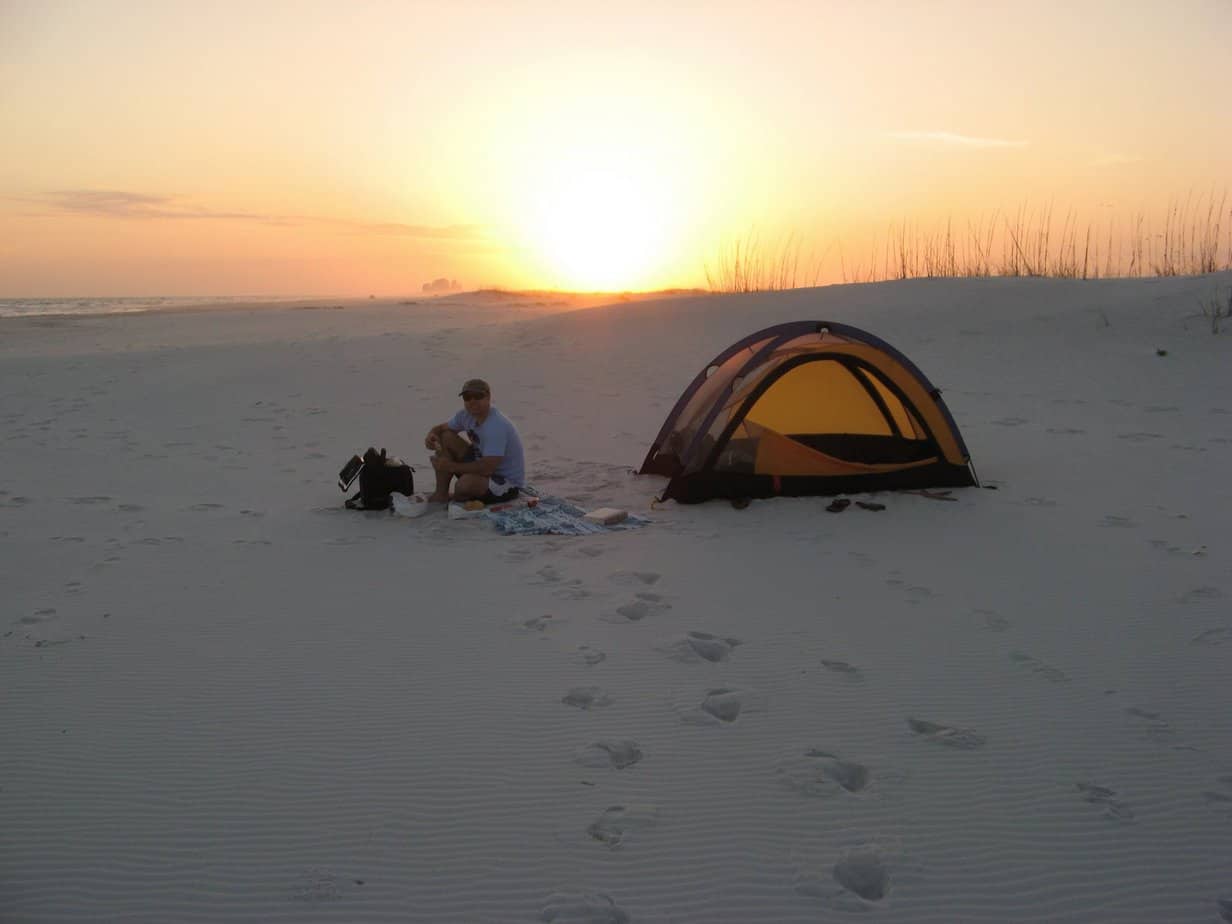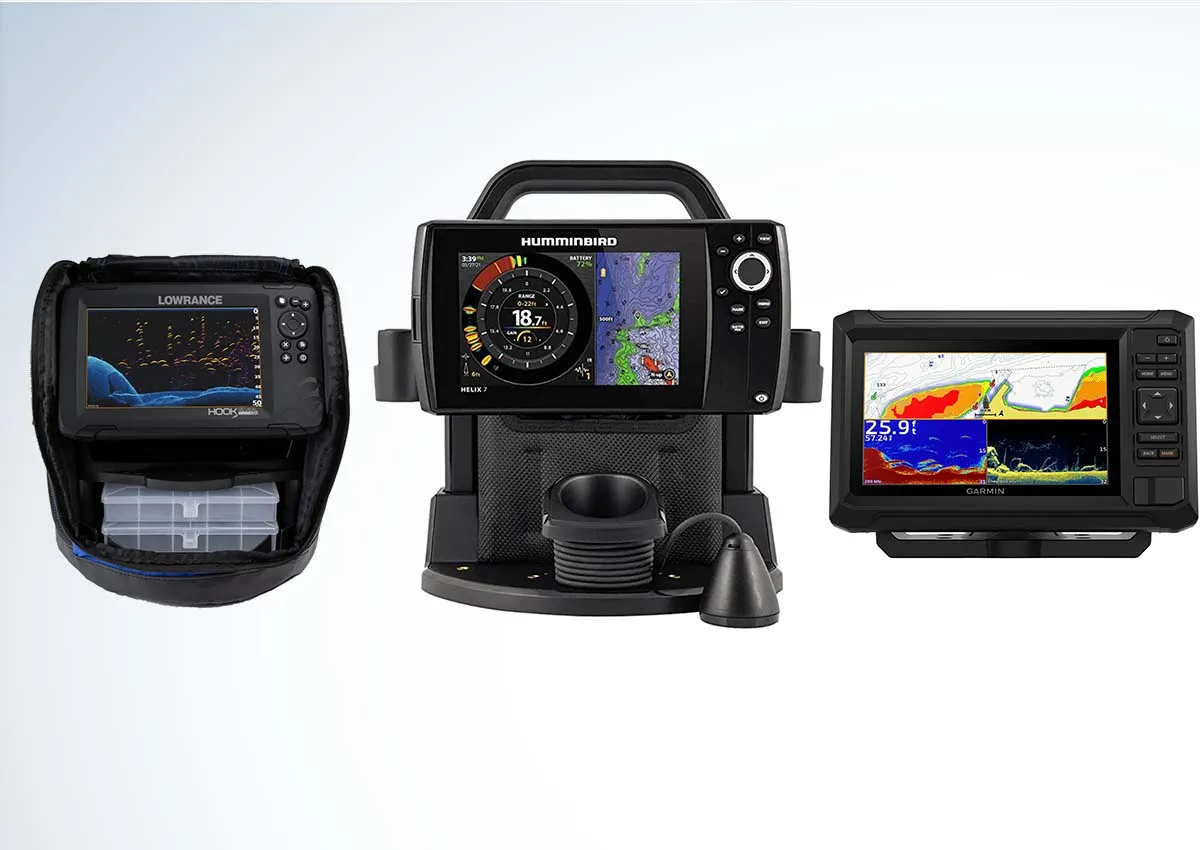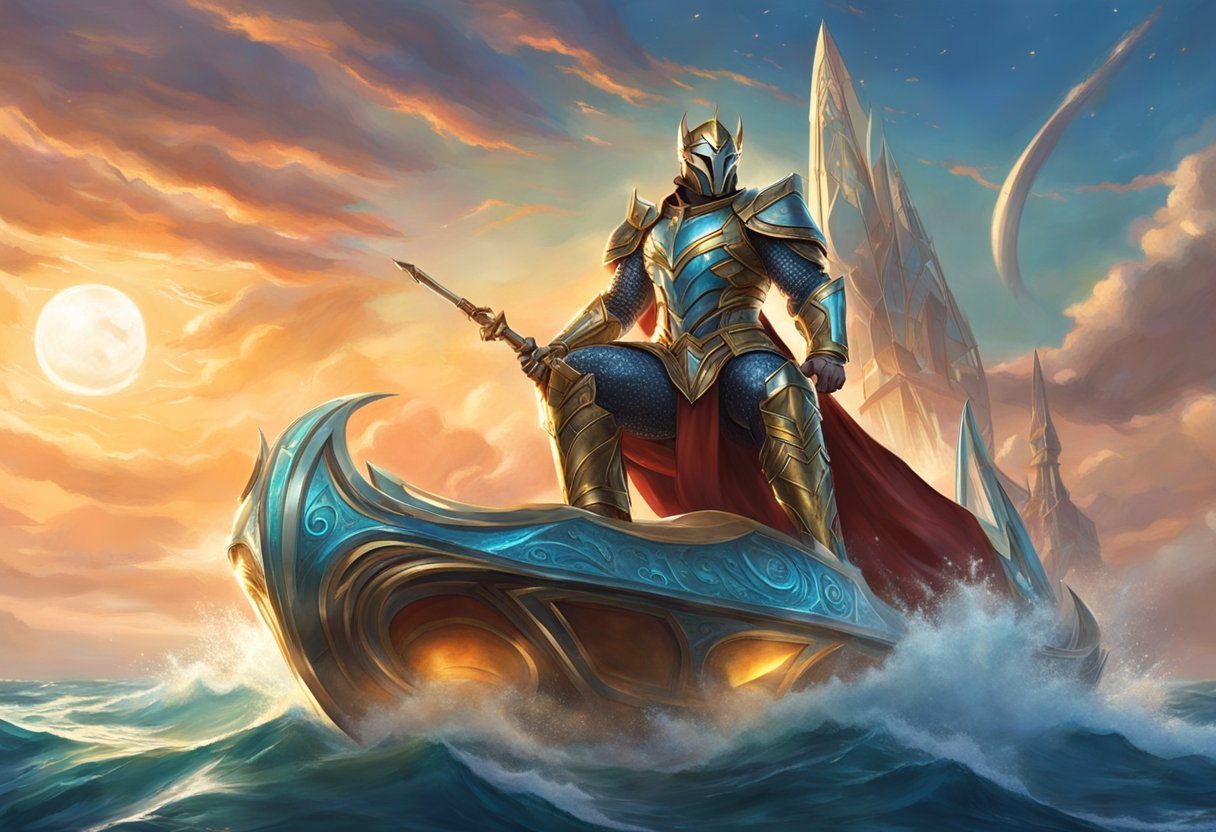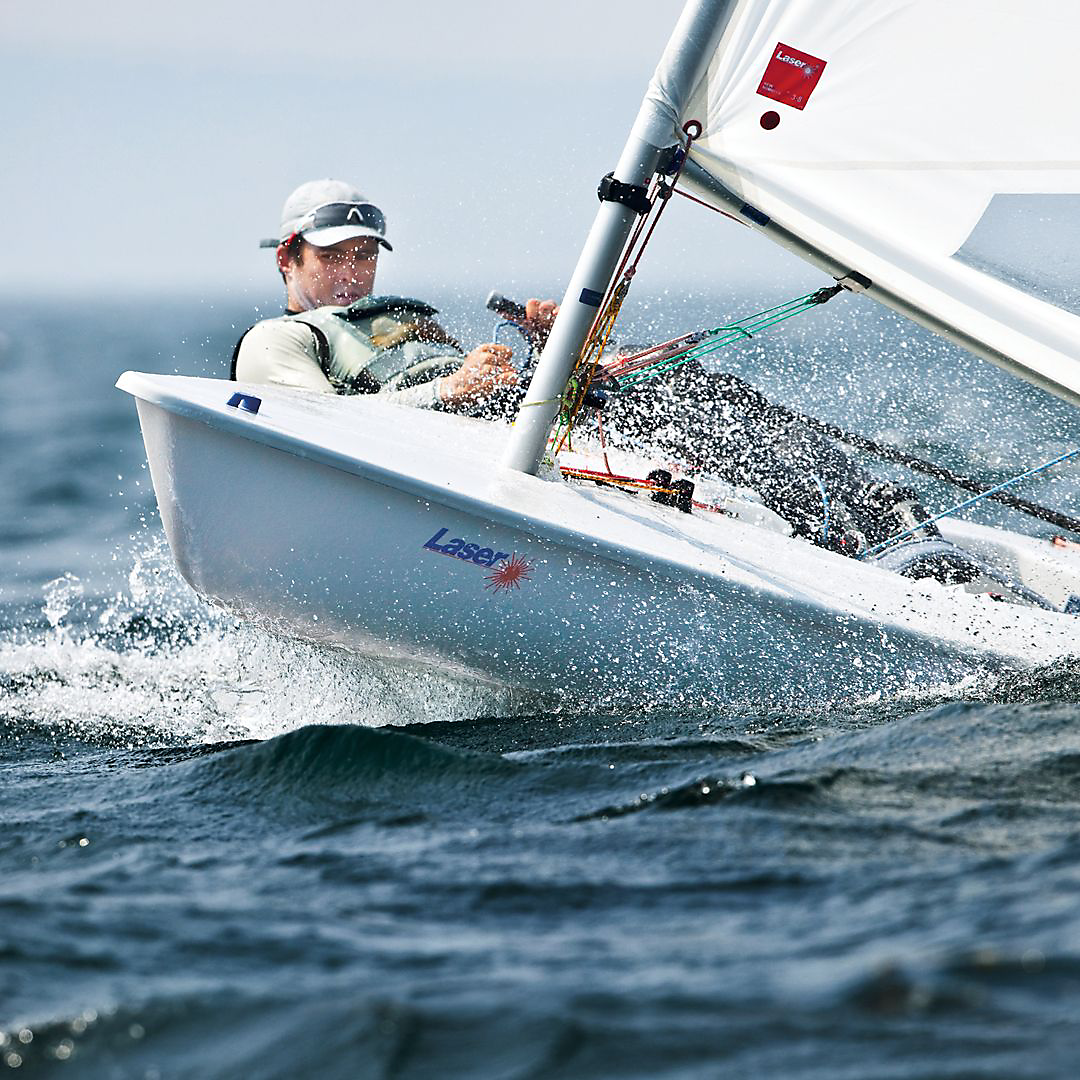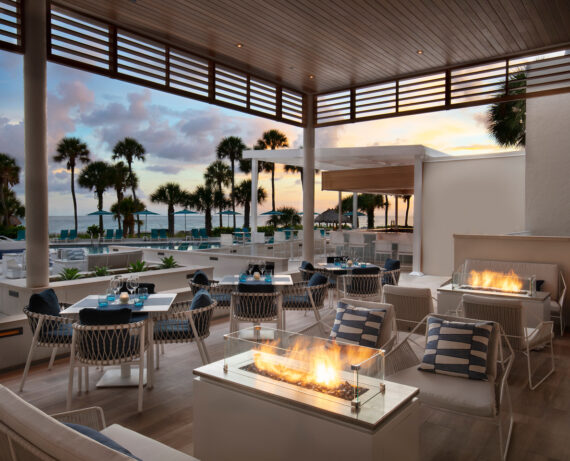Panga Boats: A Comprehensive Guide to Their Features and Uses
Panga boats are versatile, small vessels that have been around for several decades. These boats were originally designed for fishermen in developing countries, but they quickly gained popularity worldwide due to their durability, stability, and fuel efficiency. Panga boats are characterized by their narrow, sharp bow, high freeboard, and flatter aft sections. Today, they are used in various settings, including recreational boating, commercial fishing, and even law enforcement operations.
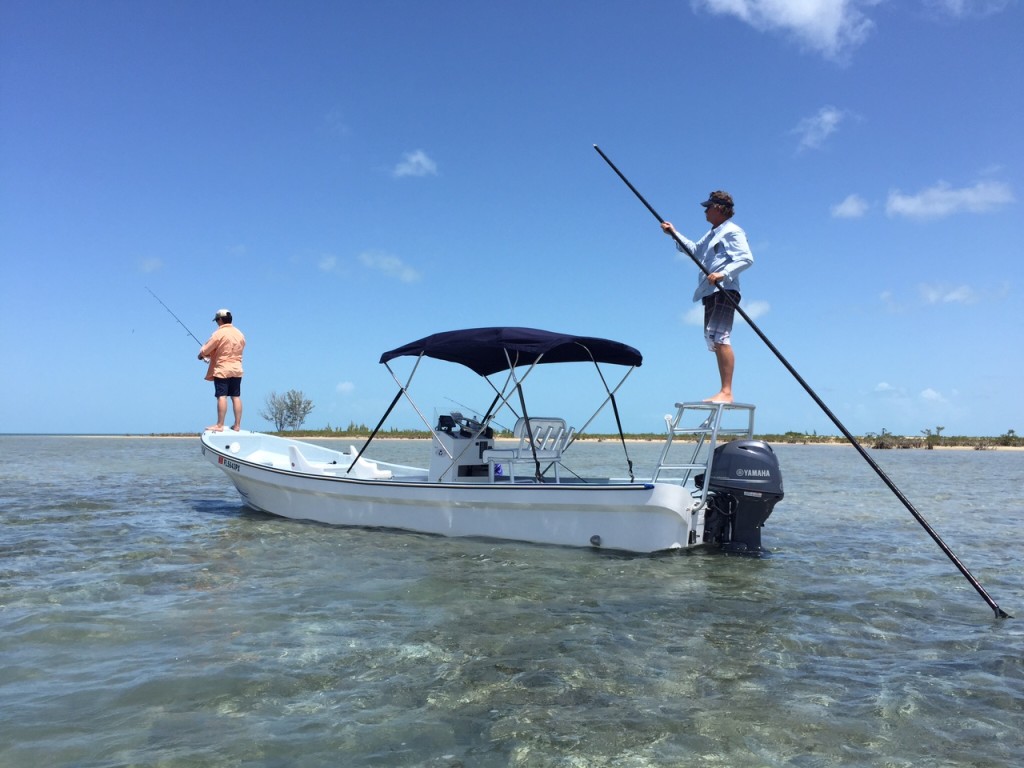
Over the years, the design of panga boats has evolved, and a variety of sizes and configurations have become available to suit different purposes. Panga boats can be powered by outboard engines, and some models are equipped with console steering systems, which make them suitable for a wider range of activities on the water, such as diving and sports fishing. Despite their relatively simple design, panga boats have proven to be reliable and seaworthy vessels, making them a popular choice among boaters.
Key Takeaways
- Panga boats are versatile, durable vessels with a unique design that originated for use in developing countries.
- Over time, the variety of sizes and configurations have expanded to fit numerous purposes, such as recreational boating and commercial fishing.
- While being a relatively simple design, panga boats have earned a reputation for reliability and seaworthiness.
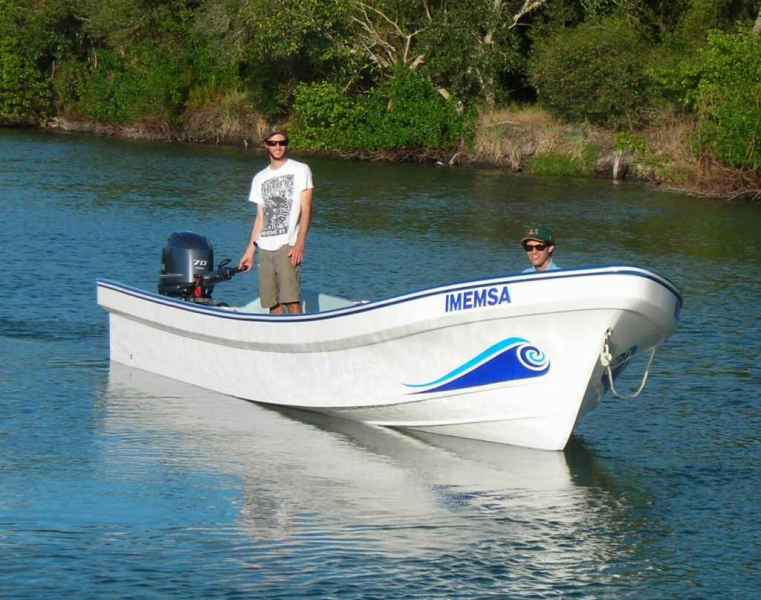
History of Panga Boats
Panga boats have a long and rich history that can be traced back several decades. These versatile, lightweight boats were originally developed in the early 1970s by the Yamaha Motor Corporation in collaboration with the Food and Agriculture Organization of the United Nations (FAO). The primary goal of this project was to create a cost-effective, multi-purpose boat that would enable coastal communities in developing countries to engage in more efficient fishing operations and improve their livelihoods.
The unique design of Panga boats features a narrow, high-bowed shape that allows them to cut through rough water conditions with ease. This design allows fishermen to use these boats for a variety of purposes, such as fishing, transportation of passengers and cargo, and even for use in recreational activities. The original Yamaha-designed Panga was approximately 22 feet in length and powered by an outboard motor.
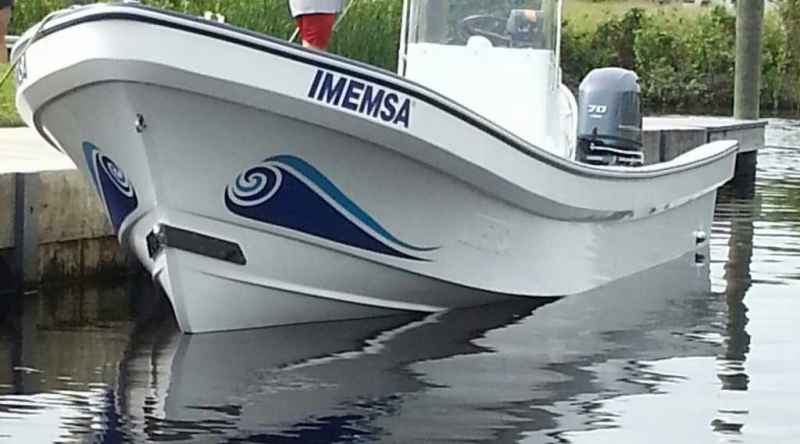
Over time, Panga boats have evolved and diversified to cater to the varying needs of users around the world. Today, Panga boats are available in various sizes and with different amenities, such as built-in storage compartments, seating arrangements, and even small cabins for overnight fishing trips. They have gained popularity beyond their initial target audience in developing countries, and are now used by both recreational boaters and commercial fishermen all over the world.
In summary, the history of Panga boats is rooted in their development by Yamaha Motor Corporation and the FAO in the 1970s as a cost-effective, multi-purpose solution for coastal fishing communities in developing countries. Since then, the design and functionality of these boats have evolved and expanded, allowing them to be used for a wide range of applications by both recreational and professional users worldwide.
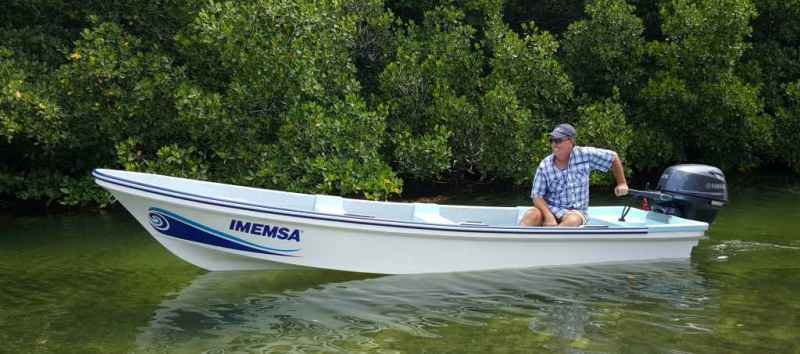
Features of Panga Boats
Panga boats are known for their unique design and versatility, making them a popular choice for fishermen and recreational boaters alike. One of the primary aspects that set Panga boats apart is their distinct hull design. The hull features a high bow that enables the boat to cut through waves with ease, providing a smoother ride in rough conditions. This high bow not only contributes to the boat's seaworthiness but also supplies added safety as it helps prevent water from entering the boat in challenging conditions.
Another significant attribute of Panga boats is their flotation bulge, which adds extra buoyancy and stability to the boat. This feature provides added safety, especially during harsh weather or when the boat is loaded with passengers or cargo. The flotation bulge assists in keeping Panga boats afloat, even when taking on water, making them attractive for use in various boating activities.
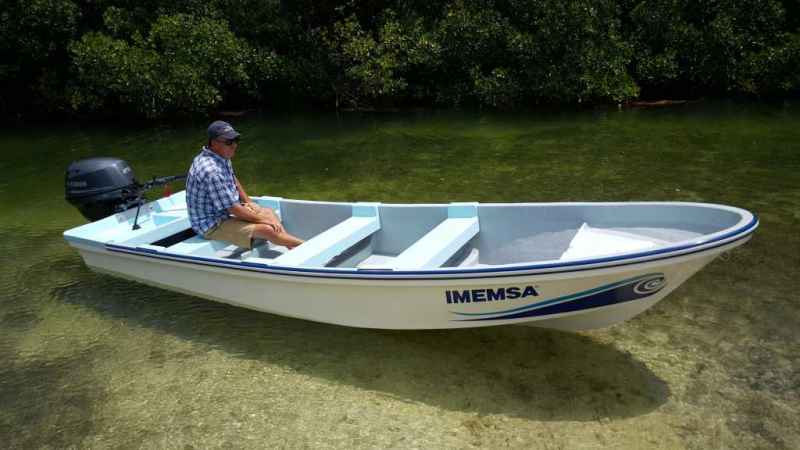
The Panga boats' delta pad is an essential feature that promotes better handling and maneuverability. The delta pad is a flat area at the boat's bottom, near the transom, which allows Panga boats to plane more quickly and efficiently. This aspect contributes to the boat's reduced draft, enabling it to operate in shallow waters while maintaining an excellent overall performance.
A wide range of models for Panga boats is available in today's market, catering to the needs of various users. Some common models cater to fishing and recreational activities, while others are suited for commercial use or transportation. These different models vary in size and capacity, allowing users to select a boat that suits their specific requirements.
In conclusion, Panga boats' unique features, including their hull design, high bow, flotation bulge, and delta pad, contribute to their popularity and versatility. These elements offer an unparalleled combination of seaworthiness, safety, stability, and maneuverability, making Panga boats an excellent choice for boaters in various situations and environments.
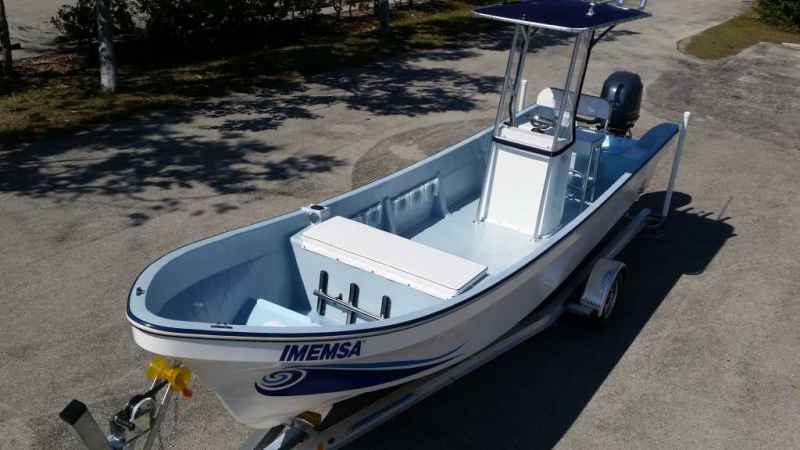
Types of Panga Boats
Panga boats are versatile, shallow-water vessels known for their utility in both commercial and recreational applications. They are commonly used for fishing, transportation, diving, and other activities in coastal regions and rivers. Due to their simplicity and affordability, panga boats have become increasingly popular, leading to several variations of the classic design.
The original panga design originated in Mexico and was characterized by a long, narrow hull and pointed bow, which allowed the boat to cut through waves with ease. Typically, pangas were constructed from fiberglass and measured between 18 and 32 feet in length. These traditional panga boats are still used today, particularly for artisanal fishing along Mexico's Pacific Coast.
In recent years, more specialized panga boats have been developed for specific markets and uses. One notable example is the banks panga, a design optimized for the unique conditions of the Sea of Cortez and Baja California peninsula. Banks pangas have a wider beam and flatter V-shape, enhancing their stability in choppy waters. This design is particularly suited to long-distance fishing trips and is commonly used by sportfishing enthusiasts.

Another modification on the classic design is the center console panga, which features a small structure in the middle of the boat, providing a standing area for the driver and additional storage space. Center console pangas are often equipped with more powerful outboard motors, making them suitable for demanding commercial applications or high-speed recreational pursuits, such as waterskiing or wakeboarding.
In summary, panga boats have evolved from their original design to encompass several variations tailored to specific uses. The versatility and adaptability of these boats, combined with their affordable prices, have solidified their status as the go-to vessels for many coastal activities.
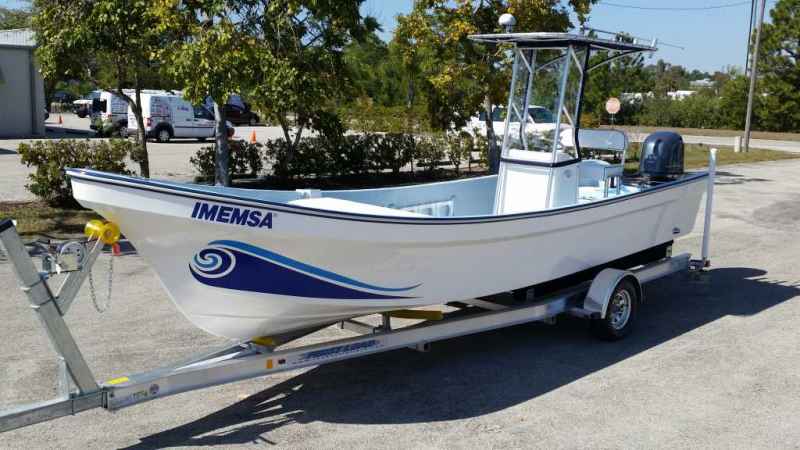
Panga Boats in Commercial Use
Aquatic Transportation
Panga boats are highly efficient and versatile vessels, making them a popular choice for aquatic transportation. These boats are ideal for navigating shallow waters and quickly transporting passengers or goods. In areas with limited infrastructure, such as remote islands or coastal communities, Panga boats help connect people and facilitate commerce.
Fishing Industry
In the fishing industry, Panga boats are commonly used as commercial fishing vessels due to their stability, efficiency, and maneuverability. In the Gulf of California, Mexico, for instance, panga captains rely on these boats to carry out commercial diving operations. Similarly, small fishing boats or pangas in the Gulf of California often use gill nets to harvest large volumes of fish during spawning aggregations.
Family Recreation
Panga boats are also popular for family recreational activities, such as fishing, cruising, or simply enjoying a day on the lake. As they are easy to handle, Panga boats are a great option for families who want to spend some quality time together on the water, whether it's in North Carolina or Florida.
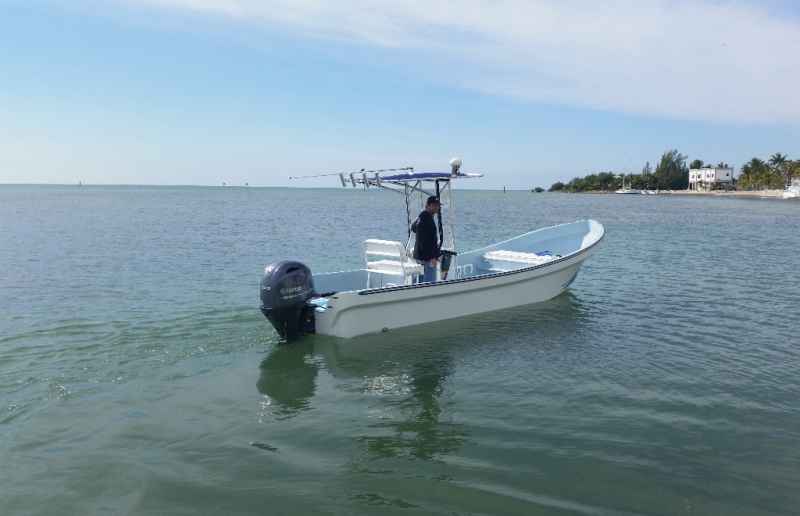
Tours and Travels
Due to their versatility, Panga boats are often employed in the tourism sector, providing boat tours and recreational activities. These vessels allow for easy access to remote beaches, wildlife-viewing areas, and other attractions. Tourists can experience the true beauty of coastal and offshore ecosystems while traveling on these reliable and comfortable boats.
Affordable Panga Boats
Above all, one of the most attractive features of Panga boats is their affordability. These boats are economically efficient, not only in terms of fuel consumption and durability but also in initial purchasing costs. For individuals or businesses that require a reliable mode of aquatic transportation or a vessel for various commercial purposes, Panga boats are an excellent choice.
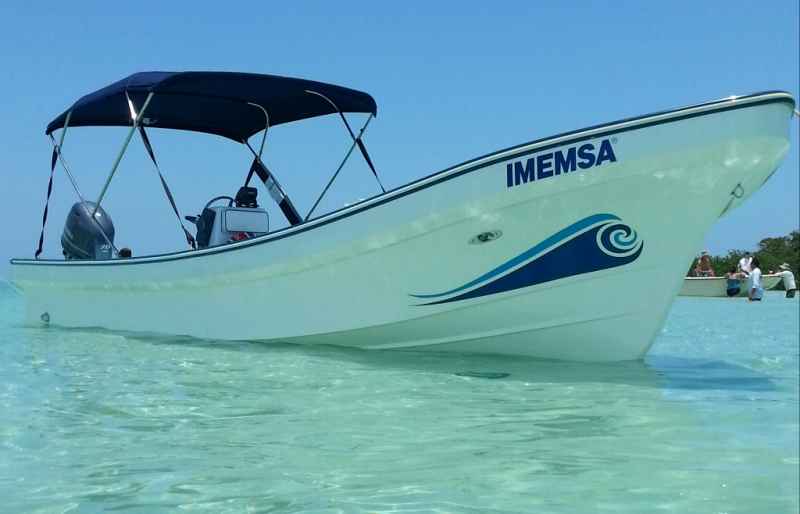
Benefits of Panga Boats
Panga boats are known for their unique design and functionality, making them a popular choice among fishing enthusiasts and waterborne transportation needs. These boats provide numerous benefits to its users. One of the most notable advantages is their buoyancy. Panga boats have a shallow draft and a relatively flat bottom, allowing them to navigate shallow waters with ease. This characteristic makes them perfect for activities such as coastal fishing, island hopping, and river navigation.
Another significant benefit of Panga boats is their efficiency. These boats are designed with a slim hull and a narrow beam, which helps reduce water resistance. This feature enables Panga boats to achieve higher speeds with less horsepower, ultimately saving fuel and reducing operating costs. Furthermore, the lightweight construction of Panga boats ensures that they are easy to maneuver, making them a suitable option for users with various skill levels.
Panga boats are also known for their versatility. Their design allows them to handle diverse water conditions, from calm inland waters to moderate offshore waves. They are also adaptable to different uses, such as recreational activities, commercial fishing, and even rescue operations. This quality makes them an ideal choice for a wide range of users, including both professional and recreational boaters.
In summary, Panga boats offer a multitude of benefits that make them an appealing option for those in search of a reliable, efficient, and versatile watercraft. Their buoyancy, efficiency, and adaptability to various conditions and purposes demonstrate why Panga boats continue to gain popularity among boating enthusiasts and professionals alike.
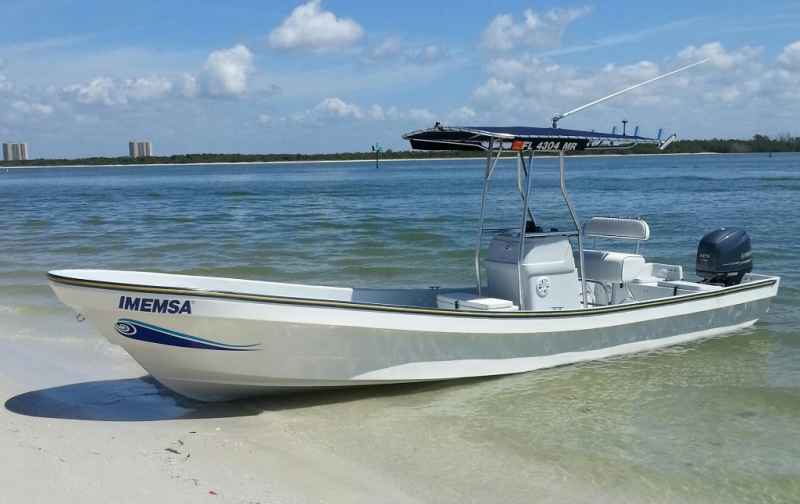
Panga Boat Design
The Panga boat design is known for its simplicity and efficiency, making it a popular choice among fishermen and boating enthusiasts. These boats are typically made of fiberglass, which adds to their durability and ability to withstand harsh sea conditions.
One of the key features of Panga boats is their V-shaped hull, which gives the boat excellent stability and allows it to cut through waves with ease. This design ensures the Panga boat's seaworthy nature, especially while navigating through rough waters. With a moderately shallow draft, Panga boats can also easily access shallow waters and maneu forEach seams very under many circumstances.
Panga boats are typically equipped with versatile features to accommodate various needs. They often come with a small cabin or an open deck, providing ample space for fishing activities and gear. Although primarily used by fishers, Panga boats are versatile enough to be utilized for recreational purposes, such as snorkeling and diving expeditions.
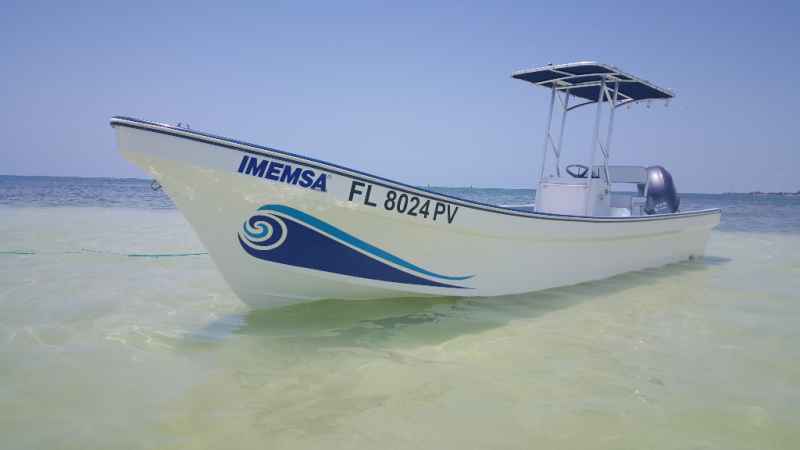
Another advantage of Panga boats is their fuel efficiency. Due to their lightweight fiberglass construction and well-designed hull shape, these boats require less engine power to traverse the waters, thus resulting in reduced fuel consumption. This makes Panga boats an affordable and environmentally friendly option for marine enthusiasts.
In conclusion, Panga boats boast a simple, yet effective design that has made them a popular choice in coastal communities worldwide. Their durability and seaworthiness make them ideal for various boating activities. The combination of versatility, fuel efficiency, and practicality ensures that Panga boats will continue to be a prevalent option in the world of marine transportation.
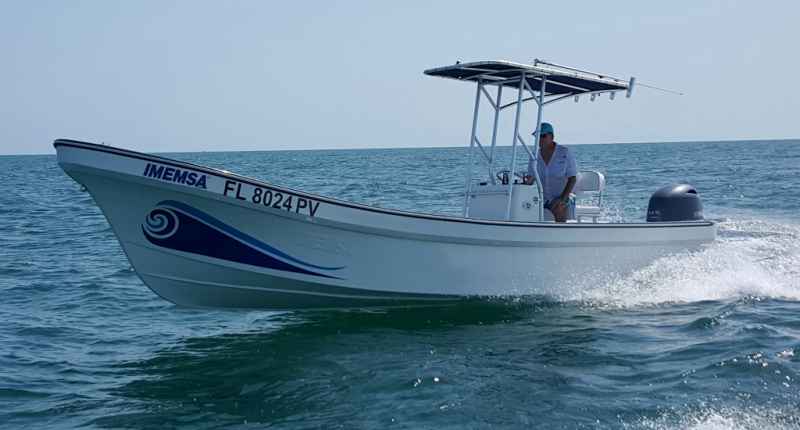
Safety on Panga Boats
Panga boats are versatile, lightweight vessels designed for various activities, such as fishing, transportation, and tours. Their design features a shallow draft, allowing them to navigate shallow waters with ease. However, ensuring safety while using a panga boat is crucial for all passengers.
One of the primary safety considerations on panga boats is their stability, which can be affected by their shallow draft. When navigating rough waters or tight turns, it is essential to distribute weight evenly throughout the boat to maintain equilibrium and minimize the risk of capsizing. Passengers should also be mindful of potential spray from waves or the boat's movement, which could cause discomfort or decrease visibility.
Another important safety aspect of panga boats is their ability to handle different weather conditions. In windy or stormy weather, it is crucial to slow down the boat and allow the hull to slice through the waves, reducing the impact on passengers and the overall performance of the vessel. Proper maintenance of the boat’s structure, engine, and electrical system is vital to prevent any malfunctions and ensure the panga boat's safety and reliability.

To enhance safety on panga boats, some additional measures can be implemented, such as:
- Installing grab rails and non-slip surfaces to minimize the risk of falls and accidents.
- Equipping the boat with life jackets or personal flotation devices (PFDs), ensuring that every passenger has access to one and understands how to use it.
- Performing regular checks on communication devices, navigation equipment, and safety gear to ensure they are functioning properly.
- Implementing a set of safety guidelines for passengers to follow while onboard, promoting awareness and responsible behavior.
In conclusion, the design of panga boats makes them suitable for various aquatic activities and environments due to their shallow draft and adaptability. However, ensuring safety on these vessels should always be a top priority. Proper handling, maintenance, and implementing appropriate safety measures can significantly enhance the overall safety and enjoyment of passengers on panga boats.

Contact and Availability
Panga boats are versatile and widely recognized for their excellent seaworthiness, making them popular among recreational boaters and professional fishermen alike. To get in touch with manufacturers, dealers, or sellers of Panga boats, potential buyers can explore various online resources, such as boating forums, online marketplaces, and social media platforms.
One reliable source of information on Panga boats is the official websites of their manufacturers or distributors. These websites often provide detailed specifications, pricing, and contact information for further inquiries or to place orders. Usually, customer support lines or email addresses are available for those who need further assistance.
Availability of Panga boats depends on factors such as location and demand. In some countries, Panga boats are more readily available due to their popularity and widespread use. However, in other areas, importing a Panga boat might be necessary. It's essential to research local regulations and licensing requirements before importing a boat.
When looking for a Panga boat, buyers should also consider the availability of spare parts, maintenance services, and additional equipment such as engines and trailers. Some sellers offer package deals, bundling the boat's necessities in a convenient offer. It is vital to choose a reputable seller who carries genuine parts and provides ongoing support.
In conclusion, contacting and finding available Panga boats is a relatively straightforward process thanks to the wealth of information and resources available online. Always make sure to research and make informed decisions to ensure a satisfactory purchase experience.
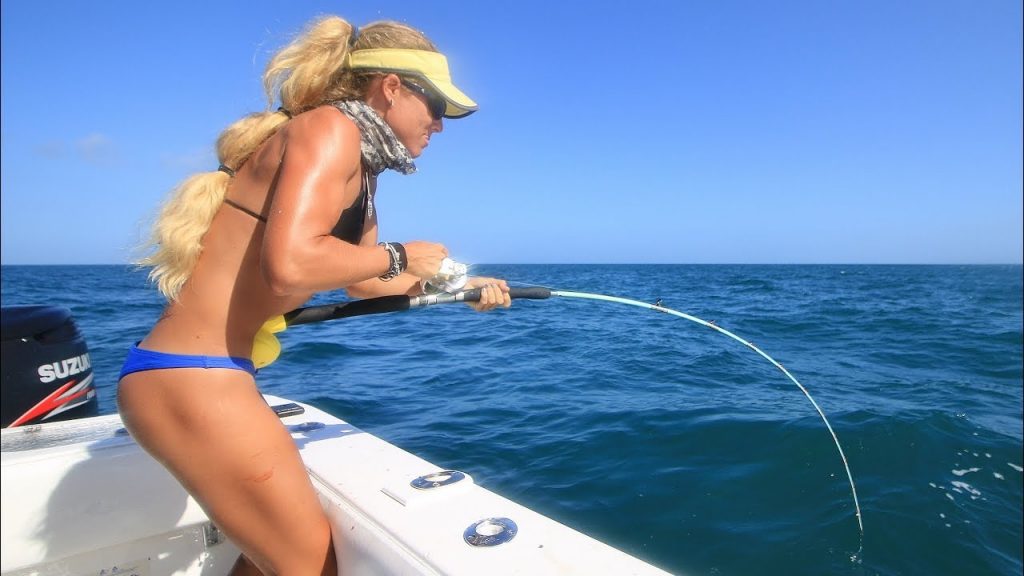
Frequently Asked Questions
How do Panga boats perform in rough water?
Panga boats are known for their stability and smooth ride due to their sharp bow entry and deep V-shaped hull. These features help them efficiently cut through rough water and reduce impact, providing a comfortable and safe experience for passengers and ensuring optimal performance in various water conditions.
What is the price range for Panga boats?
The price of a Panga boat can vary greatly depending on the size, features, and materials used in its construction. Generally, Panga boats can be found starting from around $10,000 for small, basic models, and reaching up to $50,000 or more for larger, well-equipped models with advanced features and more robust construction.
Are Panga boats suitable for offshore use?
Panga boats, with their efficient hull design and adaptability, are suitable for both inshore and offshore use. Their sharp bow entry combined with a deep V-shaped hull allows them to handle rough offshore conditions effectively. However, it is crucial to consider the boat's size, engine power, and other safety features when planning offshore trips.
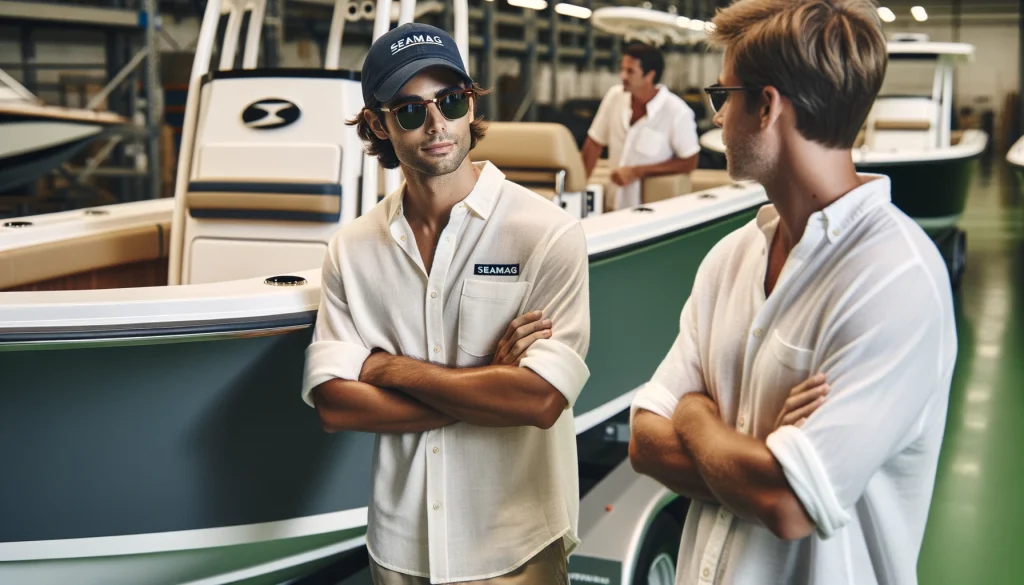
What are the key features of a Panga boat?
Some key features that set Panga boats apart from other types of boats include their sharp bow entry, deep V-shaped hull, versatility in different water conditions, and overall durability. Additionally, Panga boats often have a simple yet functional layout, making them easy to maintain and customize according to the owner's preferences.
Where do Panga boats originate from?
Panga boats originate from the East African country of Tanzania, where the original design was created by Yamaha as a part of a United Nations initiative in the 1970s. The goal was to develop a cost-effective, fuel-efficient, and versatile boat that could be used for various purposes, such as fishing or transportation, in coastal communities. Since then, Panga boats have gained popularity worldwide for their unique features and adaptability.
What are the best Panga boat models available currently?
There are several Panga boat manufacturers offering a diverse range of models with various sizes, features, and price points. Some well-known brands that produce Panga boats include Panga Marine, Imemsa, and Kencraft. Specific models will suit different needs depending on the intended use, personal preferences, and budget constraints. It is essential to carefully research and compare various options before making a decision on the best Panga boat model for your needs.
Charlie is Editor-in-Chief of Sea Magazine
